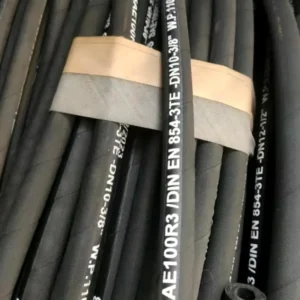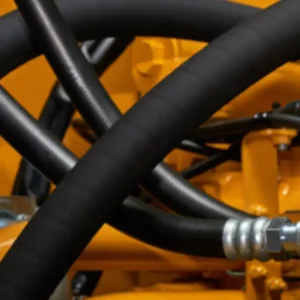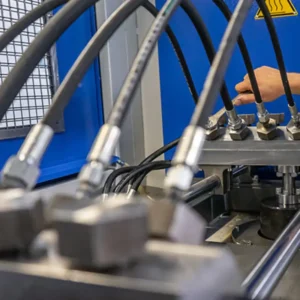As a leading supplier of high-quality pressure washer hoses, we understand the frustrations of unexpected hose leaks. While we always recommend purchasing durable, long-lasting hoses from a trusted supplier, we also believe in supporting our customers with our expertise.
How to Repair a Pressure Washer Hose? This article will not only help you get back to work quickly, but also provide you with the quality and durability you expect from a quality product.
Why a Quality Pressure Washer Hose is Worth the Investment
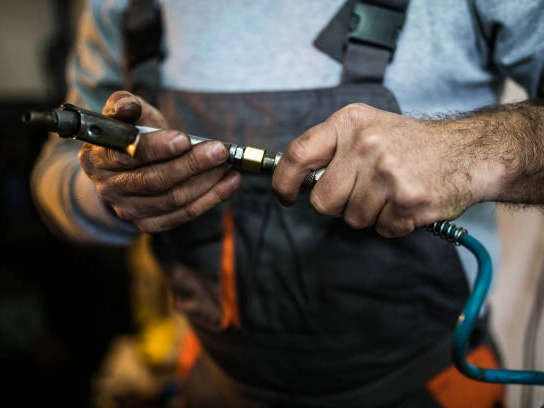
Before we begin the repair process, let’s discuss why the quality of your hose is important. A superior pressure washer hose is designed to withstand extreme pressure, abrasion, and harsh chemicals. They are engineered with multiple layers of reinforcement, often including steel wire braid, to prevent the very leaks we are discussing.
While repairing a damaged hose is a great short-term solution, a well-made hose from a reliable supplier is the best long-term investment. It not only saves you from the hassle of frequent repairs but also ensures your safety and efficiency on the job.
Identifying Damage: The First Step to a Successful Repair
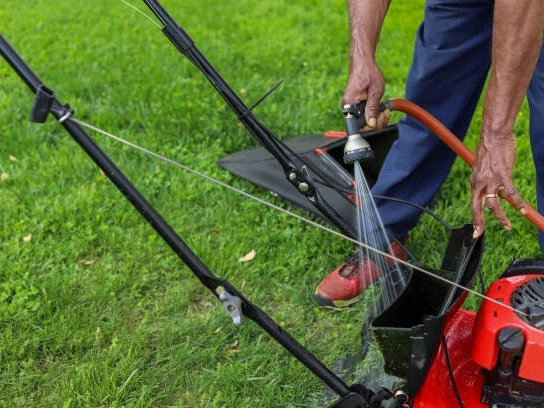
As a supplier, we know that many hose failures are preventable. However, when damage does occur, proper identification is crucial. Not all hose problems are the same, and the type of damage determines the best course of action.
- Pinholes: Small, often hard-to-spot leaks that appear as a fine mist under pressure. These are typically caused by small punctures or material fatigue.
- Abrasions: Damage to the outer jacket from being dragged over rough surfaces. If the braiding underneath is exposed, the hose’s integrity is compromised.
- Bulges or Swelling: This indicates internal damage where the reinforcement layers have failed. This is a dangerous condition and the hose must be replaced immediately.
- Cuts or Slices: Clear tears from sharp objects. These require a more substantial repair or, in many cases, a replacement of the damaged section.
A thorough inspection is a non-negotiable step before any repair.
Essential Tools and Our Recommended Repair Kit
As hose specialists, we advise against makeshift fixes. A proper repair requires the right tools and a high-quality repair kit specifically designed for high-pressure applications. Using a low-quality kit can result in a catastrophic failure and potential injury.
- Pressure Washer Hose Repair Kit: The core of your repair. These kits contain durable couplings designed to withstand high PSI ratings. We recommend a kit that matches or exceeds your machine’s pressure rating.
- Sharp Utility Knife or Hose Cutter: For making a perfectly clean, straight cut. A clean cut is vital for a secure seal.
- Two Adjustable Wrenches: To properly tighten the repair coupling.
- Protective Gloves and Eyewear: Safety is paramount when dealing with high-pressure equipment.
How to Repair Pressure Washer Hose? Step-by-Step
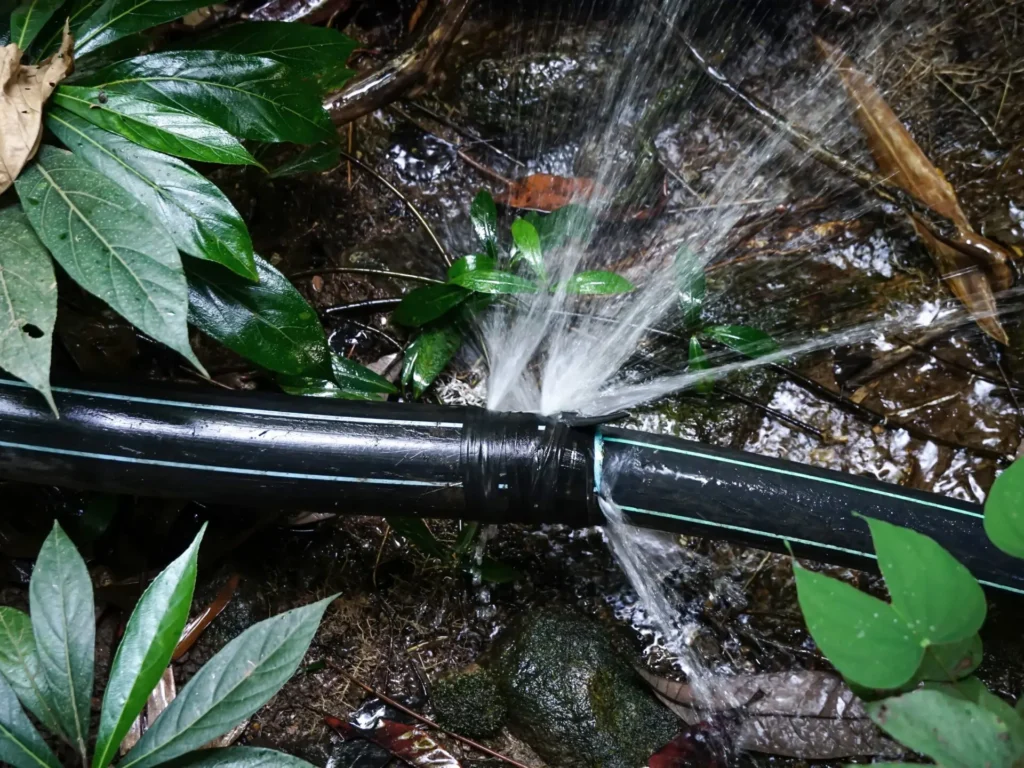
Follow our expert-recommended process to safely and effectively repair your hose. This method ensures a durable, leak-free connection that will last.
- Safety First: Before touching the hose, turn off the pressure washer and the water supply. Squeeze the spray gun trigger to release any residual pressure. This is a critical safety step.
- Cut the Damaged Section: Using your hose cutter or utility knife, make a clean, straight cut on both sides of the damaged area. Be sure to remove all compromised material. A sharp tool is essential here.
- Install the Repair Coupling:
- Slide the repair coupling’s threaded collar onto one end of the hose.
- Firmly push the barbed end of the coupling into the hose until it is fully seated.
- Slide the threaded collar back down and screw it onto the coupling body.
- Secure the Connection:
- Use two wrenches to tighten the connection. Place one wrench on the coupling body and use the other to tighten the collar.
- Tighten until it is secure, but do not overtighten, as this can damage the internal structure of the hose.
- Test for Leaks: Reconnect the hose to your machine and turn on the water. Run the pressure washer at a low setting and carefully inspect the repaired area for any drips or leaks. If a leak is present, tighten the connection slightly more.
This professional-grade repair will get you back to work with confidence.
When to Repair and When to Replace?
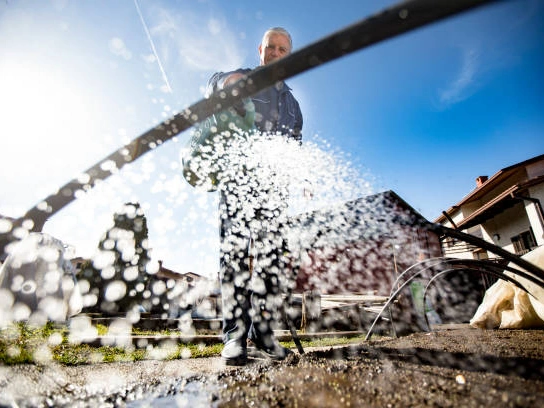
As a hose supplier, our priority is your safety and the long-term performance of your equipment. While repairing is a great solution for minor issues, there are clear indicators that it’s time for a new hose.
| Condition of the Hose | Recommended Action | Expert Rationale |
| Small pinhole leak | Repair | Minimal damage; a professional repair kit can restore integrity. |
| Small cut (less than 1 inch) | Repair | A clean splice can effectively fix this. |
| Outer sheath is frayed, exposing braiding | Replace | The primary reinforcement layer is compromised; the hose is at risk of bursting. |
| Large cut, multiple leaks, or visible bulge | Replace | The hose’s structural integrity is severely compromised; repair is not a safe or reliable option. |
| End fittings are worn or damaged | Replace | Damaged fittings can’t create a proper seal and pose a safety risk. |
Extend the Service Life of the Hose

The best way to avoid having to repair your hose is to prevent damage in the first place. Here are a few tips from our product specialists to help you maximize the lifespan of your investment.
- Avoid Kinking: Always uncoil the hose completely before use. Kinks put immense stress on the internal layers.
- Store Properly: Hang your hose in large loops or use a hose reel. Avoid leaving it coiled on the ground, which can lead to abrasion and kinking.
- Protect from Traffic: Never run over your hose with a vehicle or place heavy objects on it.
- Drain and Store: Before storing, drain all water from the hose to prevent freezing and damage from expansion.
By following these simple practices, your high-quality hose will serve you reliably for years to come.
Will Flex Tape Work on a Pressure Washer Hose?
No, you should not use Flex Tape on a pressure washer hose. While Flex Tape is a strong, waterproof adhesive, it is not designed to withstand the extremely high pressure of a pressure washer. A typical pressure washer operates at hundreds, if not thousands, of PSI (pounds per square inch), which is far beyond the capabilities of adhesive tape.
Attempting to use Flex Tape on a pressurized hose is not only an ineffective fix, but it can also be very dangerous. The tape will likely fail, and the high-pressure water jet from the leak could cause serious injury. For a safe and lasting repair, always use a dedicated pressure washer hose repair kit.
Conclusion
We hope this guide on how to repair a pressure washer hose has been a valuable resource for you. While these repair steps are highly effective for minor damage, they also highlight the importance of investing in a premium, durable hose from the start. We pride ourselves on supplying hoses that minimize the need for repairs. When it is time for a new hose, trust our expertise and product quality to provide you with a solution that is safe, reliable, and built to last.

